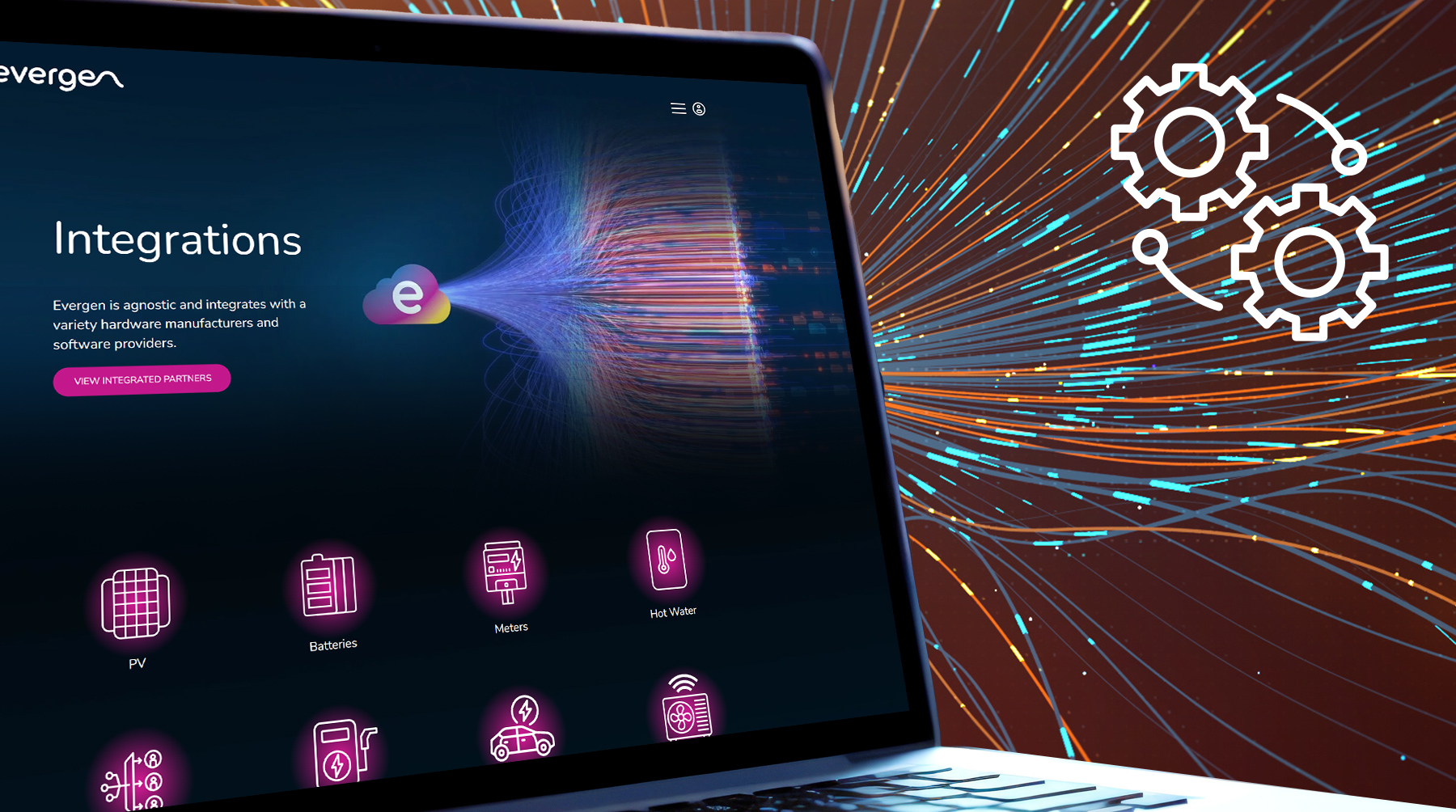By Michael Churchward, Electrical Integrations Software Engineer at Evergen
The role of Energy Storage Software as we transition to a new era
Modernisation of the grid
Our electricity networks, generators and connected devices are in the midst of a massive transition. We are moving from an archaic, legacy, pre-internet system, to a modern network of fully connected, smart-enabled, monitorable and controllable devices, a change that will open doors for improved grid efficiencies, lower emissions and better value for consumers.
The era of intelligent energy
The days of manually controlled, analog metered electrical substations, metering points and generators are behind us. While today’s network is still largely supported by older coal-powered generation infrastructure, an ever growing number of modern renewable energy generation sites like solar farms, wind farms, and large battery storage sites are being built to modern standards around advanced SCADA (Supervisory Control And Data Acquisition) systems. These SCADA systems have capacity for significant data output to drive business intelligence and asset management processes. At these modern sites the control systems are accessible via secure internet connections allowing for higher volumes of data to be exported and analysed offsite, and for these plants to be monitored and controlled remotely.
At utility scale sites…

1. PV optimisation of export – export when it’s financially viable and curtail when it’s not.
2. Battery optimisation of import and export to allow for energy and power trading.
3. Monitoring hardware for faults and generation shortfalls to allow for quick remedy of problems.
4. Analysis of telemetry to detect failures and inefficiencies.
5. Collection of data for ease of reporting and forecasting to support business cases.
All of this is made possible on the Evergen platform by integrating at the site level using industrial protocols like Modbus TCP from our software platform running on local hardware. Our software platform can communicate via a central SCADA or PLC, or directly with devices like BESSs or inverters to collect relevant telemetry which is securely transmitted to our cloud. We can then use this data to produce optimisation plans, or store it for analysis and viewing in our DERMS platform.
In the home…
Evergen’s “connect with anything” approach in the residential sector is focused on houses with batteries using the vendor’s API with the inverter to access real-time telemetry data and to send control commands to the battery. By integrating with a homeowner’s inverter Evergen can gain an understanding of site generation, export and consumption patterns and then use this information to protect the homeowner against grid consumption during peak tariff periods.
Domestic appliances are also a part of grid modernisation. A Home Energy Management System (HEMS) becomes more effective as the number of smart appliances increases allowing for a more detailed view of the energy consumption of a house.
The high value controllable assets are heavy load appliances like air conditioners, hot water heaters, pool pumps and EV chargers that can be network connected via wifi or cable, or using other wireless protocols like bluetooth to a gateway. This allows for operational data, power consumption and local environmental data to be shared with third parties and the devices optimised to meet the user’s needs. Control over these devices opens the door for control based on many factors, like CO₂ emission reductions, or energy consumption savings, comfort and convenience objectives, or time based schedules. Air conditioners or EV chargers can be run during times of high PV generation when excess energy would otherwise be curtailed or unwanted on the grid. Hot water heaters can be operated off-peak and only as required.
While the focus is definitely on higher power appliances, there are lots of future opportunities to understand homeowner needs and gain insight into user patterns around movement and presence, comfort and movement within the house to better utilise large power consuming assets like climate control systems and pool pumps.
New era of connectivity
The benefits of modernisation and a new era of connectivity are immense and assist all users of the grid. A more efficient network that is capable of reducing peak generation and can rely more on renewable energy sources delivers lower emissions and CO₂ production, a benefit felt by all.
For Evergen, all of this presents as opportunities – our ability to integrate with virtually anything means we can collect streams of data from almost any device, and deliver unique optimisations to different market sectors. As more smarter devices are installed in homes and by businesses on industrial sites the opportunities will only continue to grow.
For now, consumers can access lower energy bills by automatically shifting their load profile to meet both their lifestyle requirements and their cost objectives. By charging EVs exclusively on locally produced PV generated power or in off-peak time periods, or by load shifting hot water heating to alternate times to reduce heat losses and consumption leading to lower power bills. Utility generators have significant financial opportunities through optimisation and cost avoidance and energy retailers have opportunities to find a lower cost to serve their customers by better understanding their use cases, shifting loads to avoid high costs. The transition to a smarter, more modern grid is looking very bright.






